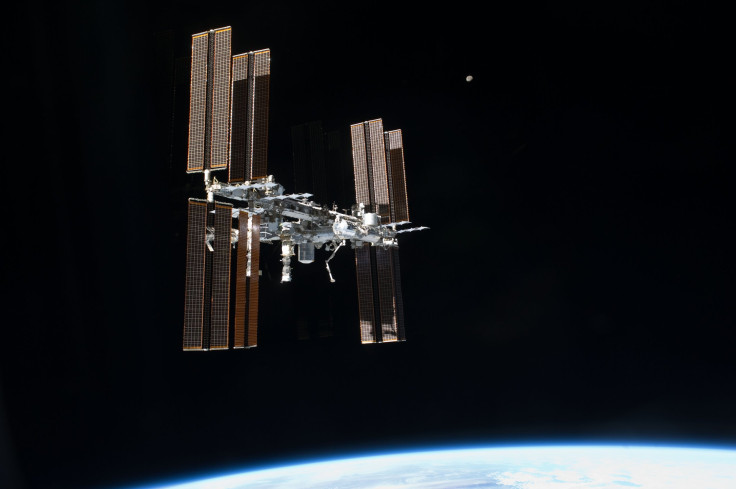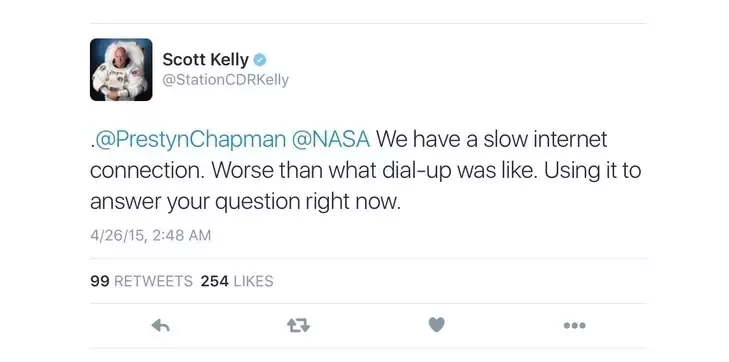How Do Astronauts Use The Internet In Space?

This question originally appeared on Quora. Answer by Robert Frost.
The Internet access onboard ISS is not direct. When the crew look at an Internet site on their laptop they are actually looking at an image mirrored from a computer on the ground, in Houston.
So, defining Internet speed is a little complex. Let's say a crew member is looking at her daughter's Instagram feed and clicks to enlarge a picture. The request for that click travels from the laptop to the onboard LAN server to the comm equipment to the Ku band antenna. From there it goes to a TDRS satellite about 22,000 miles (35400 km) above the ISS. That satellite relays that signal down to a dish in White Sands, New Mexico. From there it is sent across the NISN network to the Mission Control Center at the Johnson Space Center in Houston. From the MCC it is relayed to a ground PC that is connected to the Internet.
It is on that PC that the actual "click to enlarge" happens. The click then travels through the JSC routers out to the Internet provider and along their system to the Instagram server. Instagram replies by sending back the rendered picture, following the reverse path.
The Internet connection speed is therefore contingent on the available Ku band bandwidth, the network equipment at White Sands and Houston, and then on the internet provider in Houston.
Ku band Downlink from the ISS can get as high as 300 Mbps, but averages closer to 50 Mbps. Uplink to ISS is around 3 Mbps. The Internet provider in the JSC area is meh. You probably get better at your home.
The end result is variable. Scott Kelly described it as:

As for restrictions, the computer on the ground is restricted, just as all NASA PCs are, by the IT Security department, with risky and clearly non-work-related sites blocked.






















